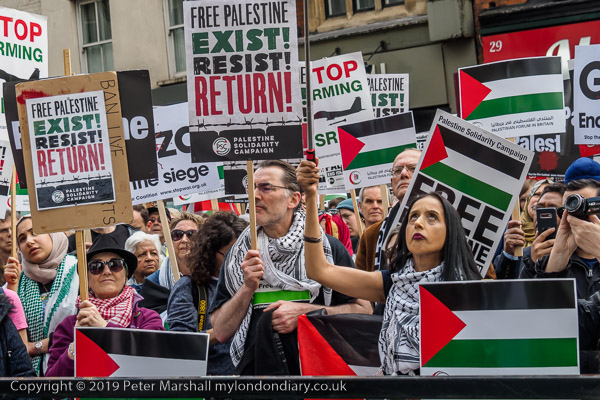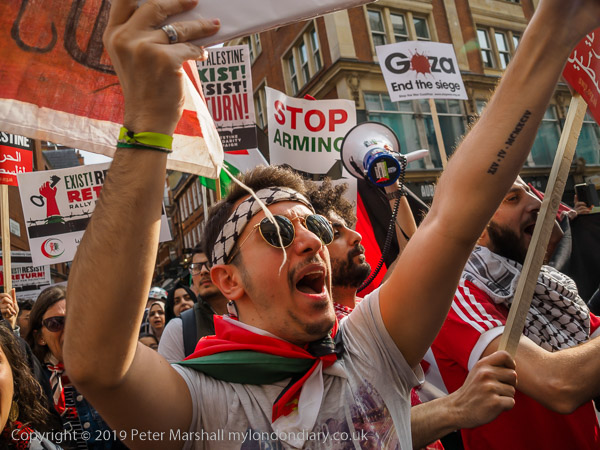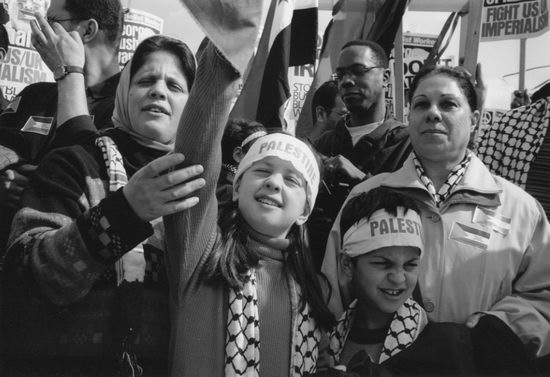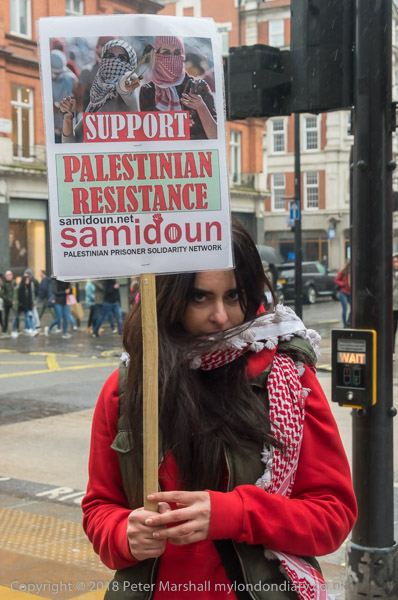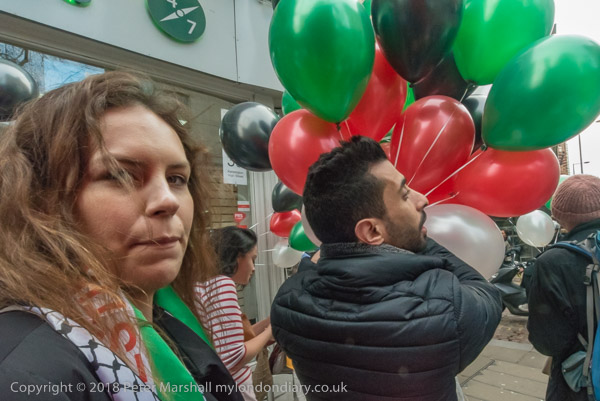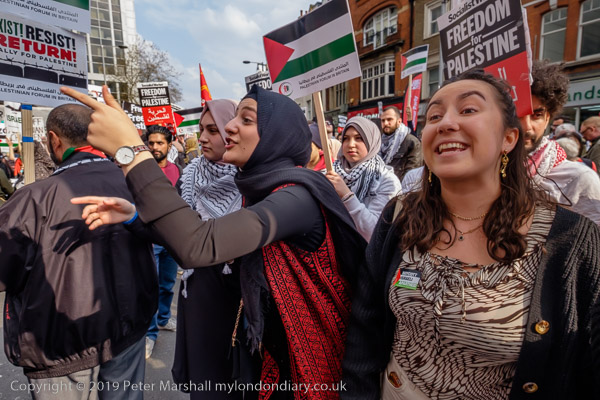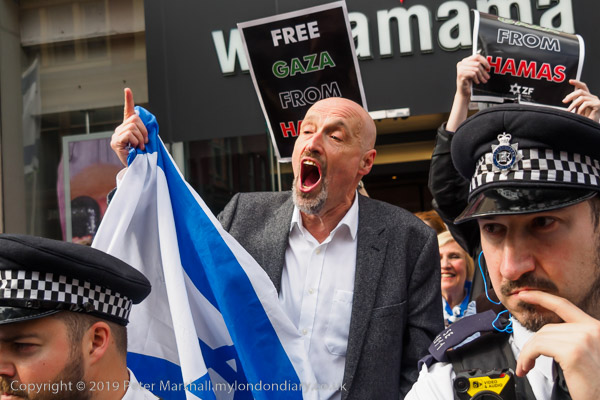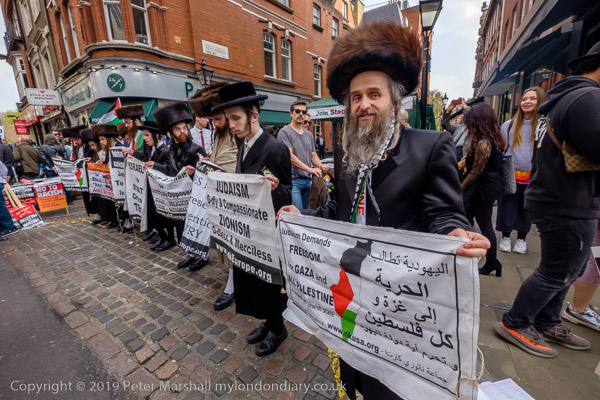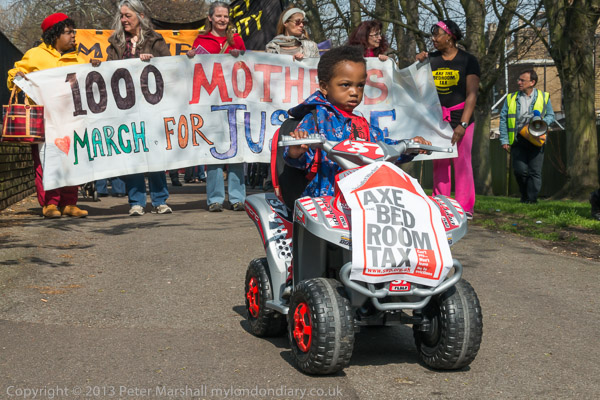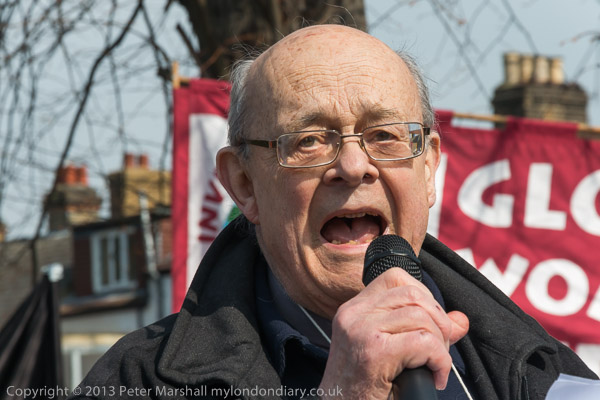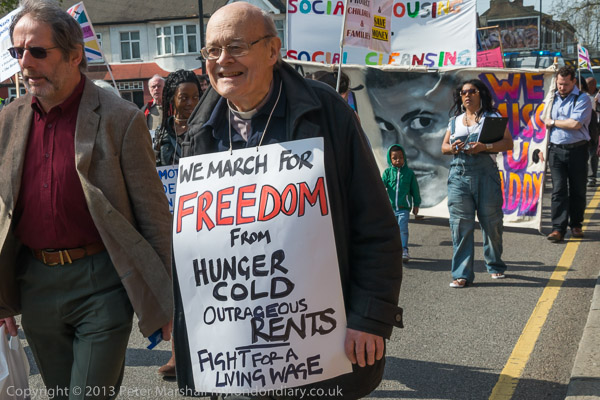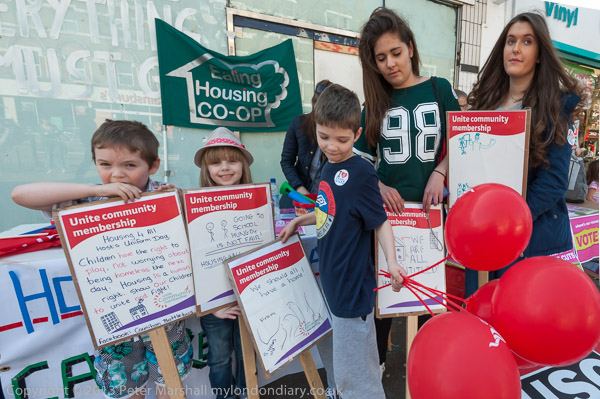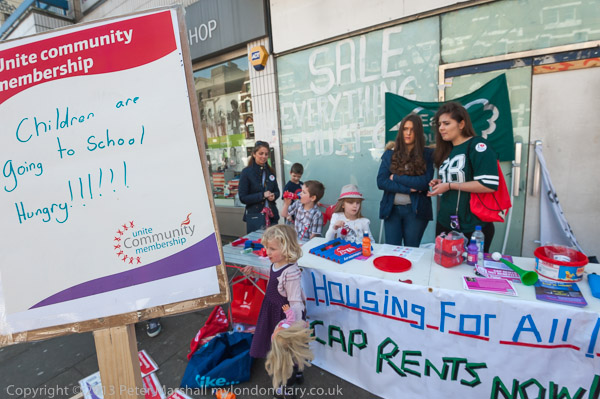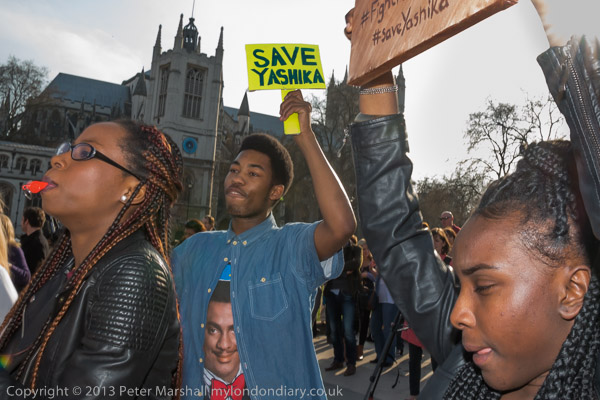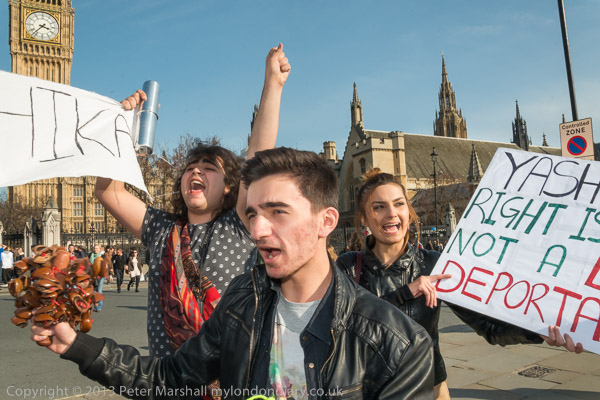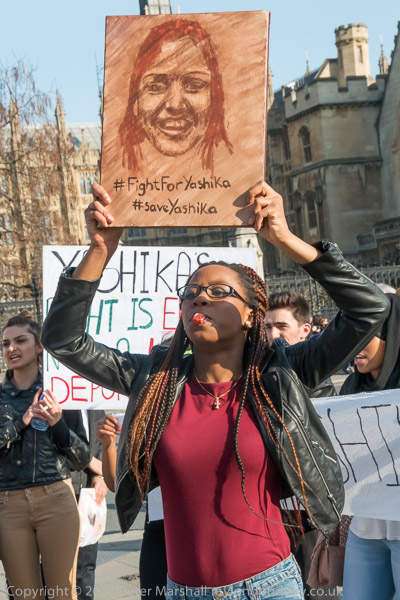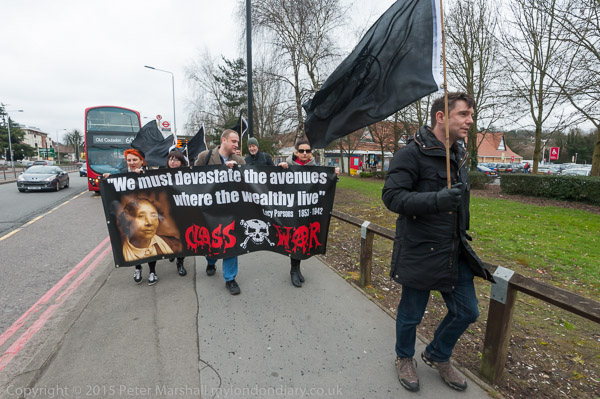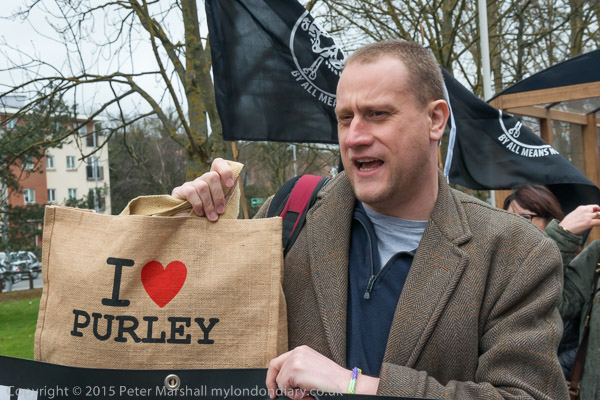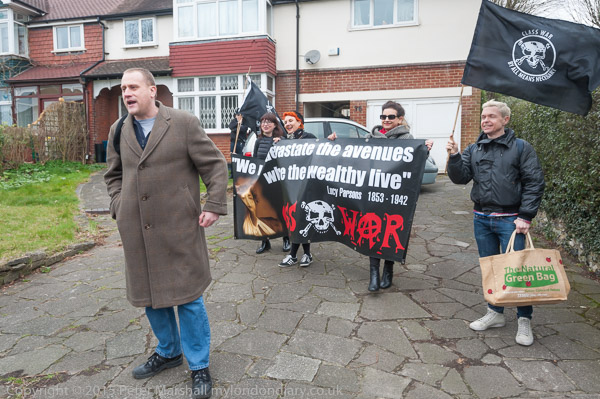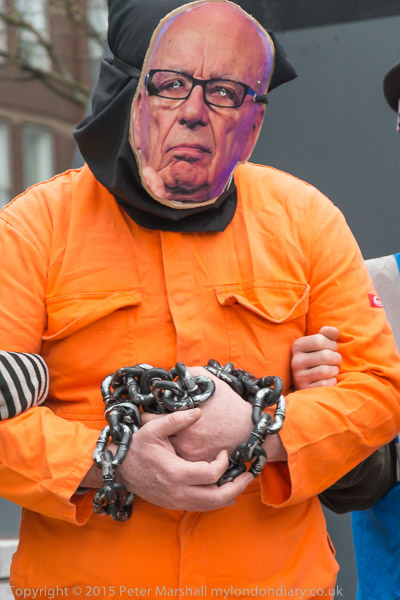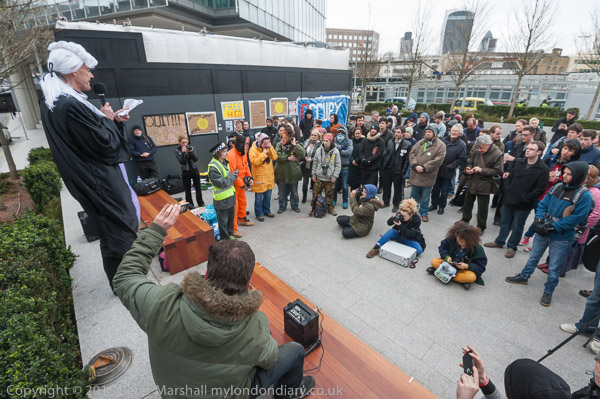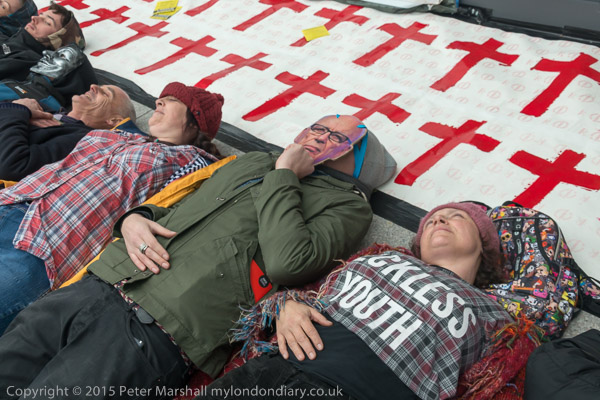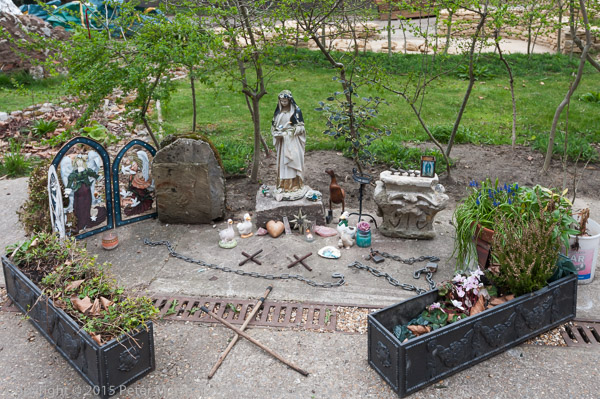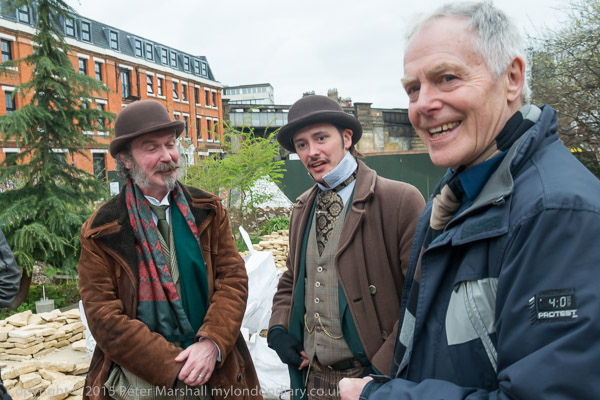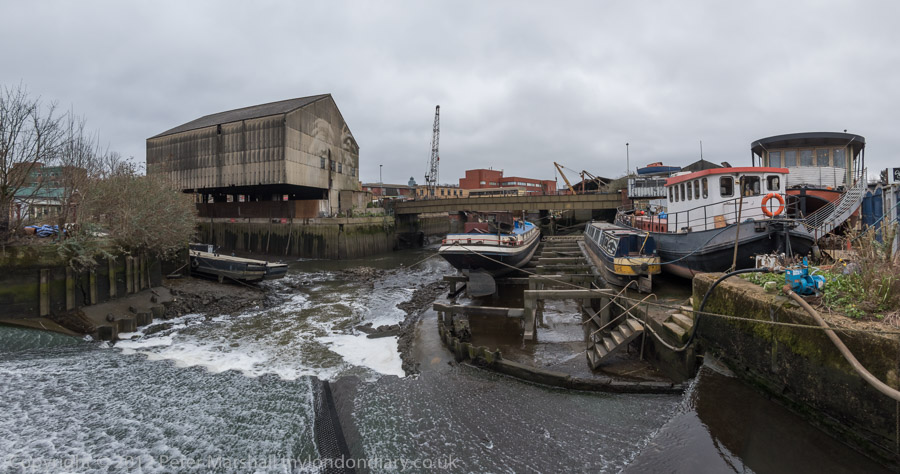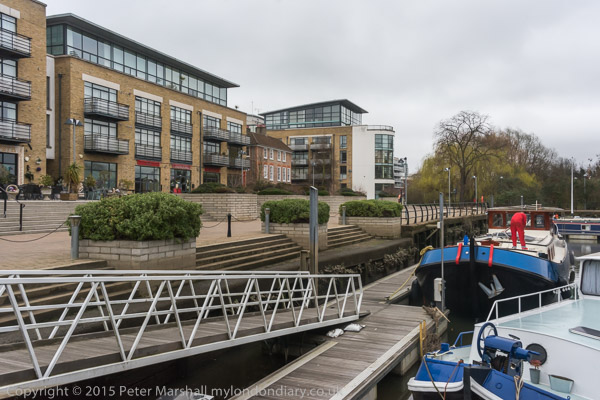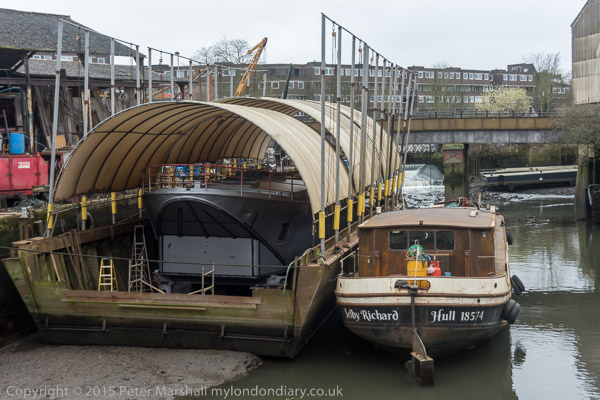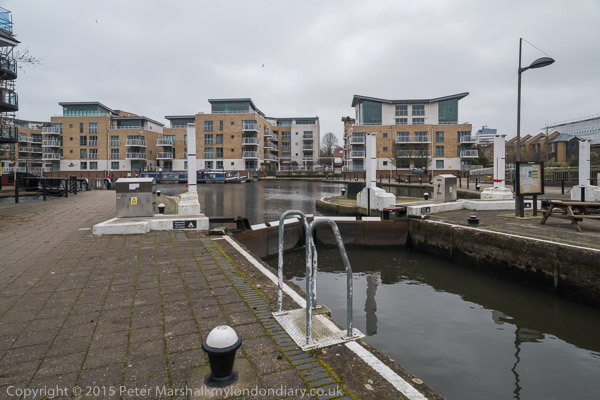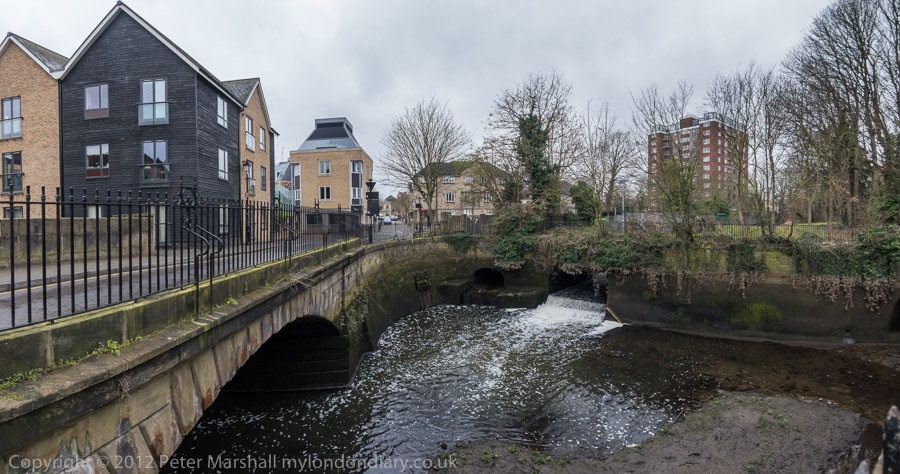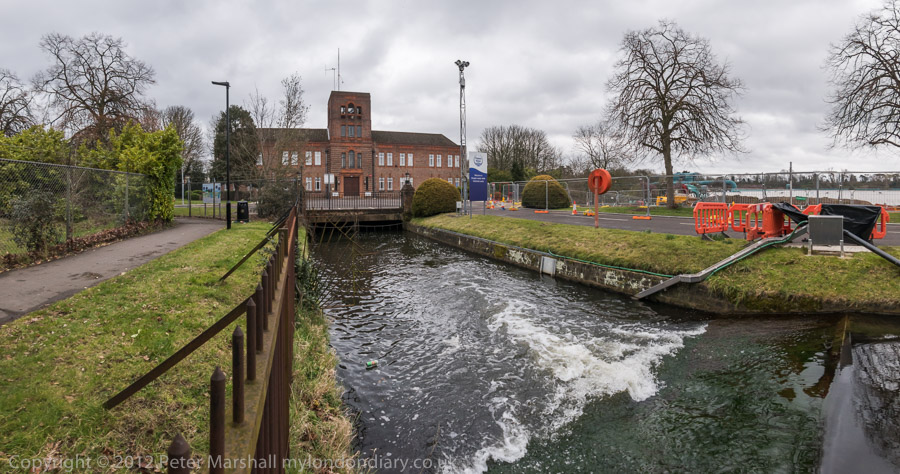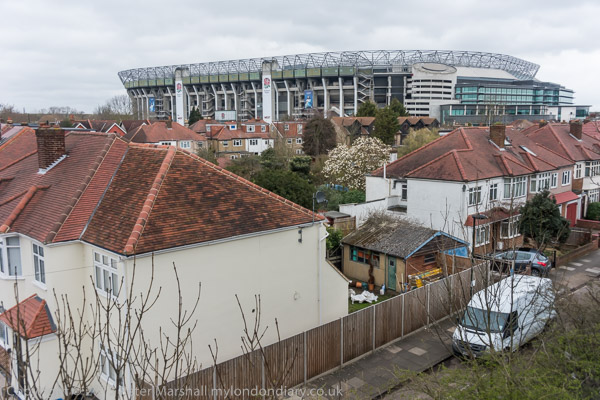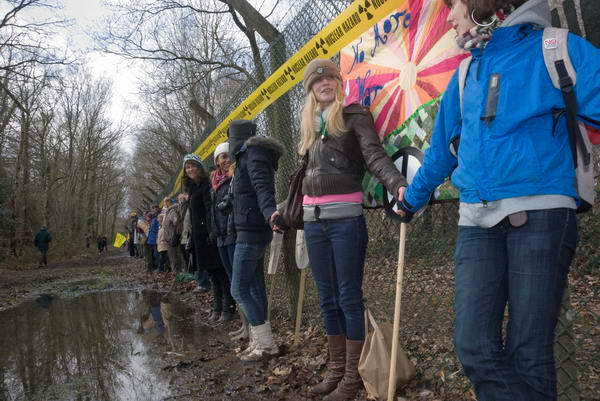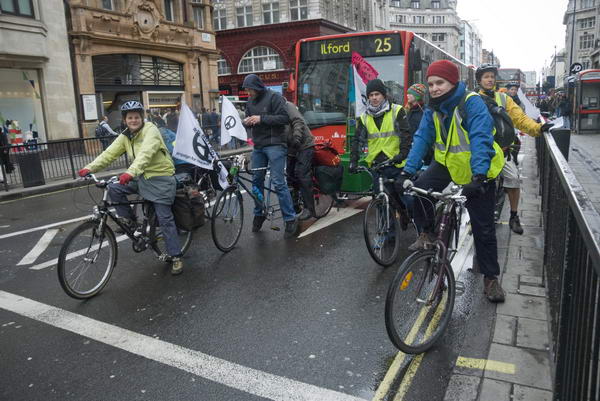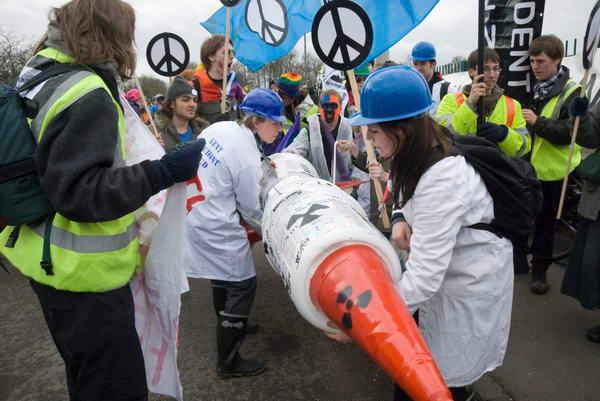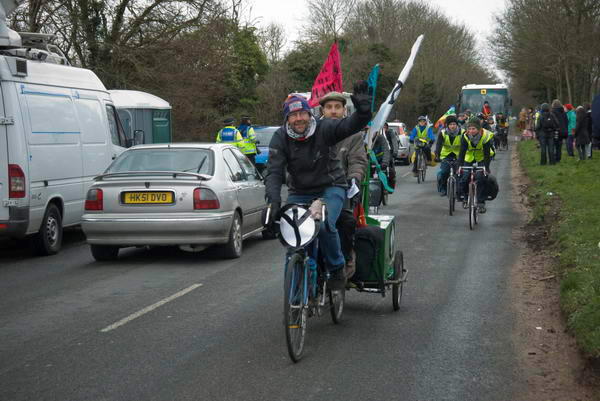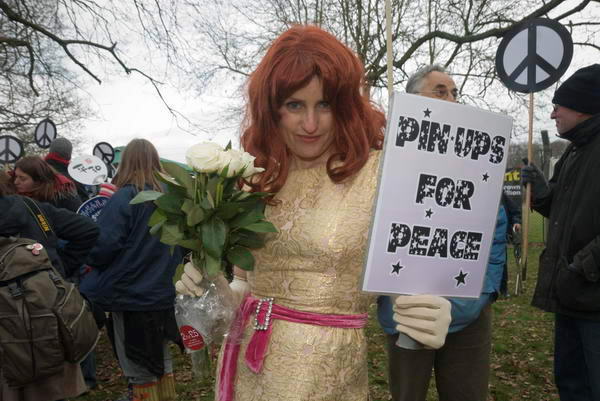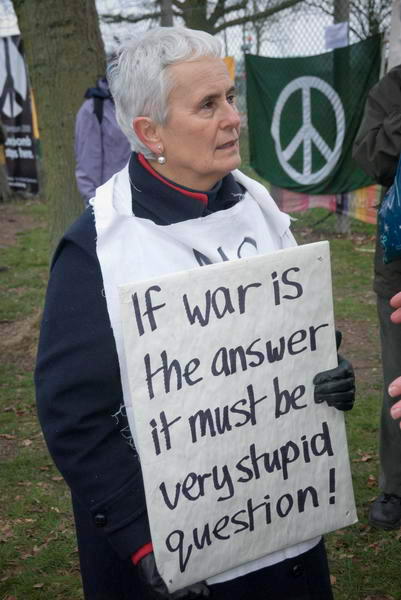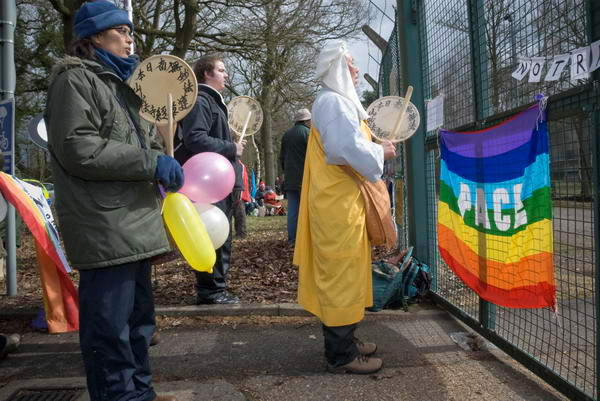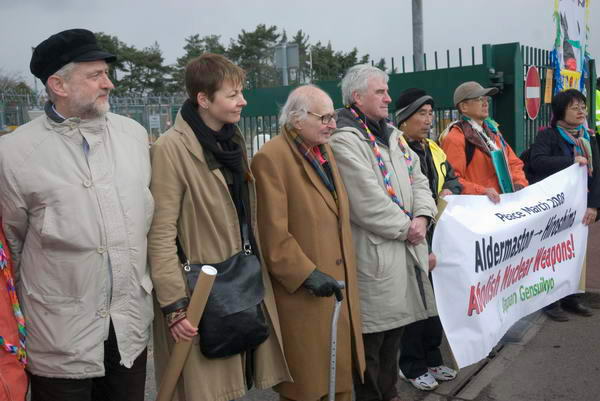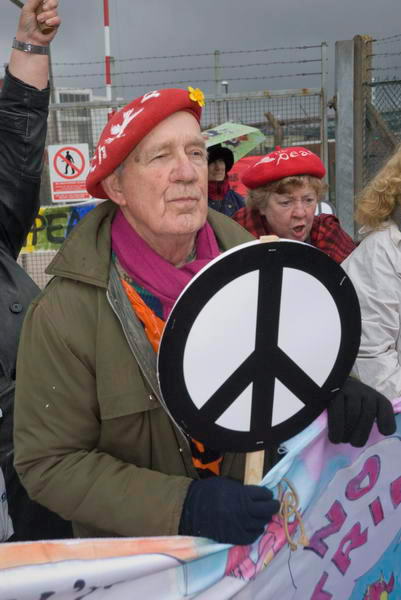The final selection of images from my black and white photographs of London in 1987, taken in December.
A couple of doorways from the area largely built in the 1880s to the varied designs of George and Peto, with motifs borrowed from a range of cities across Europe.
You can read more about the architects in my previous post on the area.
A LCC blue plaque records that Sir Edwin Arnold (1832-1904) lived and died at 31 Bolton Gardens. He spent five years in India as a college principal and return in 1861 to work as a journalist on the Daily Telegraph, later becoming its editor, and he, together with the New York Herald sent explorer H M Stanley, who had three years earlier discovered David Livingstone, to explore the course of the Congo River.
But he was best known in the Victorian era for his book of eight poems, The Light of Asia, an Indian epic about Prince Gautama of India, the founder of Buddhism, along with other poetic works on India and the far east. Mahatma Gandhi admired his poetic English translation of the Bhagavad Gita, The Song Celestial and invited him to be vice-president of the UK Vegetarian Society. Widely decorated at the time, Arnold and his work are now largely and probably deservedly forgotten.
Barkston Gardens a short walk from Earls Court station was built from 1886 as a part of the Gunter estate, with houses by several developers. These flats have shops on the Earls Court Rd on their west side and on the east the long still private communal garden around which Barkston Gardens was developed. Previously this had been the site of Earl’s Court House.
Hogarth Place is directly opposite the Earls Court Road exit from Earls Court Station, and seems to integrate seamlessly with Hogarth Road for its first section. Although there are still shops along here, the cacophony of signage is now considerably muted, though the New Asia is still there.
Cromwell Road is the busy A4, and perhaps not the quietest place for a hotel, but there are still many along it. I think this is now the Crown Plaza near Gloucester Rd station.
Until the end of 1973 passengers for British European Airways (BEA) flights from Heathrow could check in at the West London Air Terminal on Cromwell Road, from where coaches would take them along the A4 to the airport. The terminal was built where a short disused section of railway line called the Cromwell Curve had connected the District Line close to Gloucester Road station to allow trains to go to High Street Kensington avoiding a section of Metropolitan Line track. The building, by Sir John Burnet, Tait and Partners was opened in 1963 replacing a temporary facility and had six floors of BEA offices above the concourse. After the closure part of the building became a Sainsbury’s Superstore and the rest was converted into flats, including many now used for short-term rentals by tourists.
Christmas was coming and the Lorenzaccio Club was offering Christmas Parties ‘Lorenzo’s Way’ with a fine winged lion and a curious crescent moon sign supporting a rather sad-looking hanging basket. I didn’t go in to enquire.
The view from the west end of the platform at Latimer Rd Station as I waited for a train to Hammersmith.
You can still see this row of houses with unusual facades topped by a faux balustrade reminding me of icing on a cake on Wellesley Rd though I think one of those shown here has since lost its topping.
There are a few more photographs I haven’t featured here on page 8 of my 1987 London Photos.










